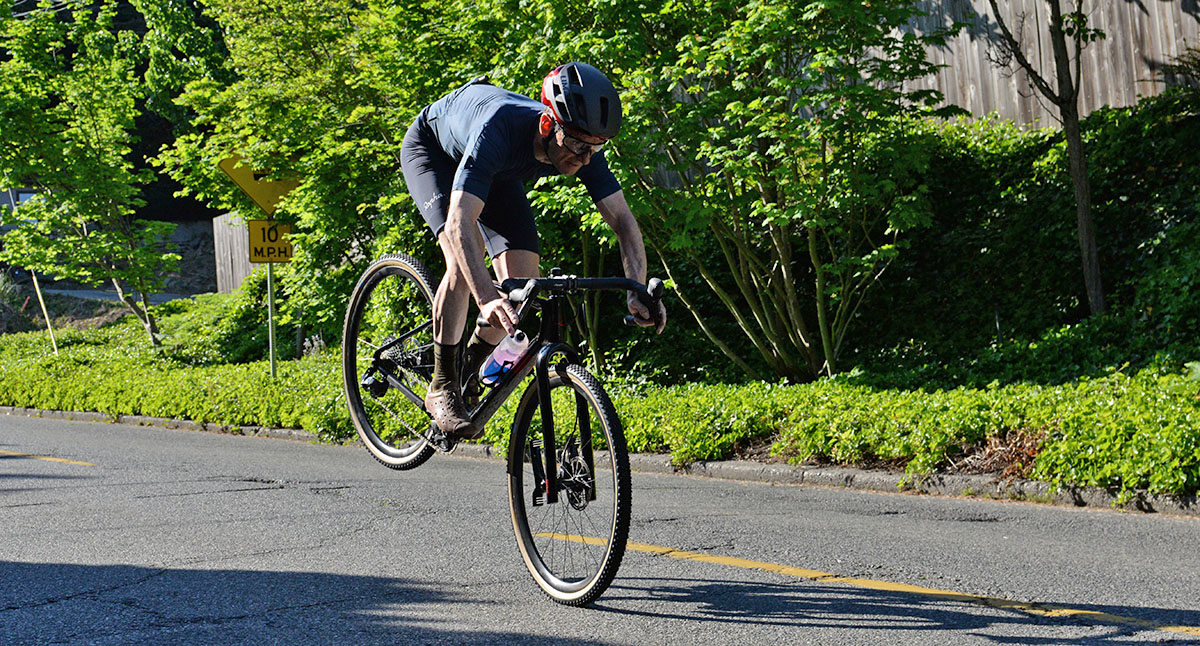What is Brake Support?
When we started to develop tires, we refused to accept what passed as ‘common sense.’ Back then, you just ‘knew’ that wide tires rolled slow. But when we looked at what could be done to make wide tires less slow, we realized that there was no need to compromise: Wide tires can be as fast as narrow ones.
Next on our list were knobbies. I love racing ‘cross, but I wasn’t happy with knobby ‘cross tires. On the short paved sections that are part of most ‘cross courses around here, I really wanted to accelerate and build speed, but instead I had to tread carefully, always mindful of the many limitations of my knobby tires. Could we do better? This is a story of eliminating the drawbacks of knobbies, one by one.
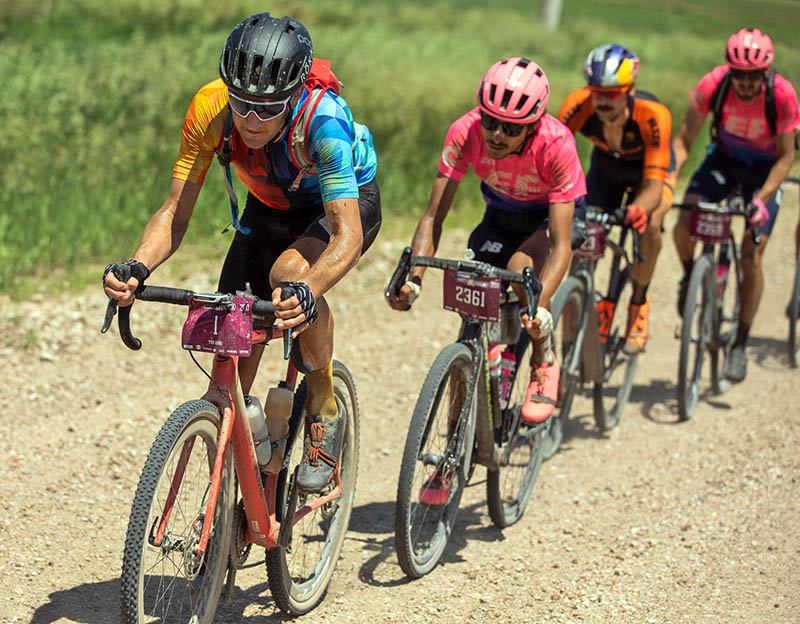
Knobbies roll slow? Knobs can flex and squirm, which takes energy. Conventional knobby tires are designed by putting knobs on the surface of a smooth tire. What if we start with a slick instead, and cut away the tread until only knobs remain? Can we keep enough rubber to preserve the speed of the slick—and still make the knobs small enough that they dig into soft surfaces for traction? The answer is yes… and so we now have knobbies that roll as fast as slicks.
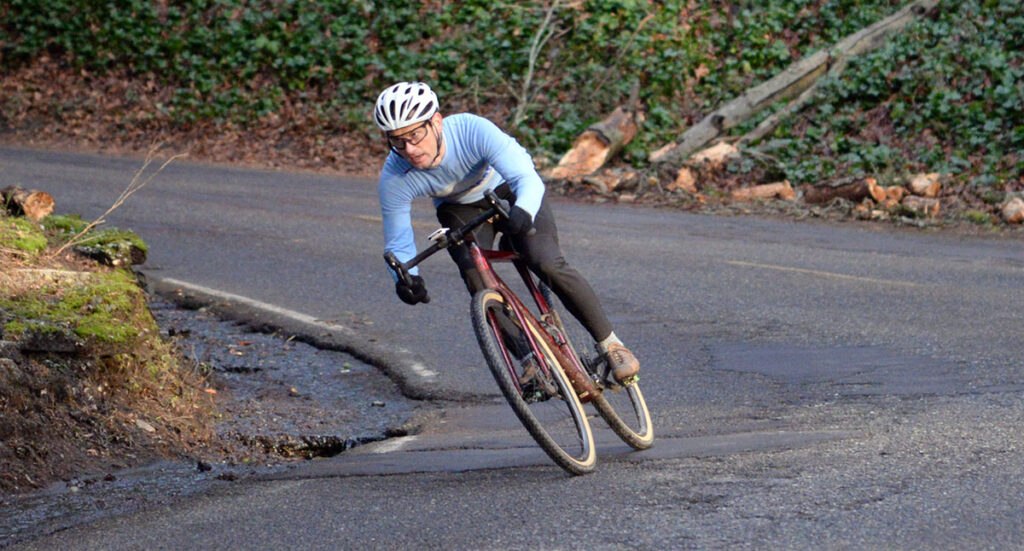
Knobbies don’t corner well on pavement? Knobs can flex and even fold over when subjected to side loads during hard cornering. What if we take our big and stiff knobs and distribute them so that there is always the same amount of rubber on the road—no matter how far you lean the bike? That’s how we made knobbies that corner as well as slicks.
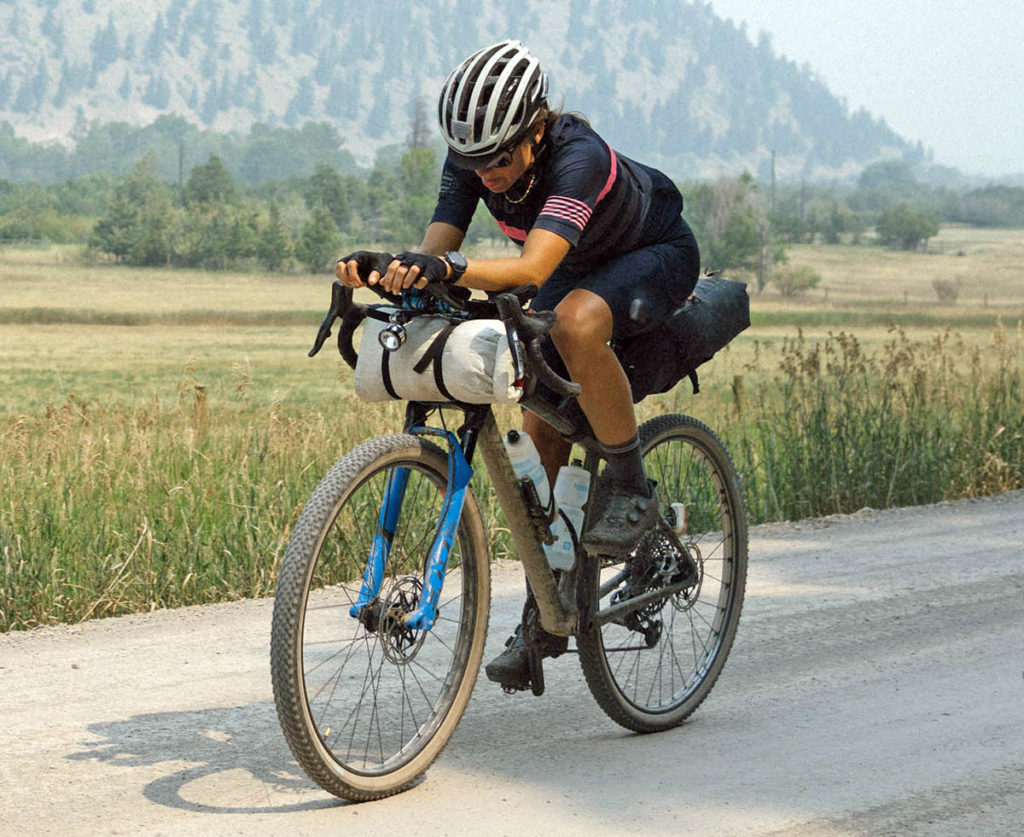
Knobbies are noisy? Knob edges create resonances when they hit the road surface. What if we stagger the knobs and computer-optimize the pattern so that the frequencies of one knob hitting the ground cancel out those of other knobs? That’s how our knobbies with noise canceling roll (almost) as quietly as slicks. The same technology also makes them roll more smoothly, so they feel like slicks, too.
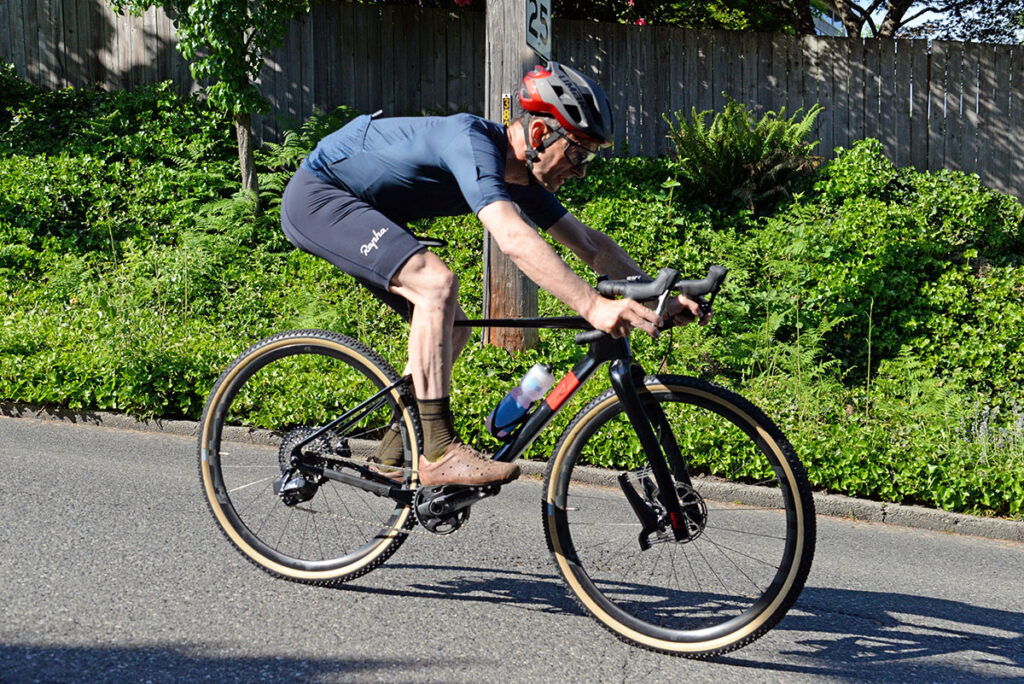
Knobbies limit braking on pavement? Knobs can flex and fold over when braking hard. With conventional knobby tires, the knobs are arranged in neat lines. As the tire rotates—your wheels turn even when you’re braking—you get to the edges of the knobs in one row all at once. The knob edges flex, and the tires can’t transmit the full brake power onto the road.
The new Rene Herse 700C x 44 mm Manastash Ridge features our Brake Support technology. We staggered the knobs in a way that, at any time, plenty of knobs are optimally placed to transmit brake power to the road surface.
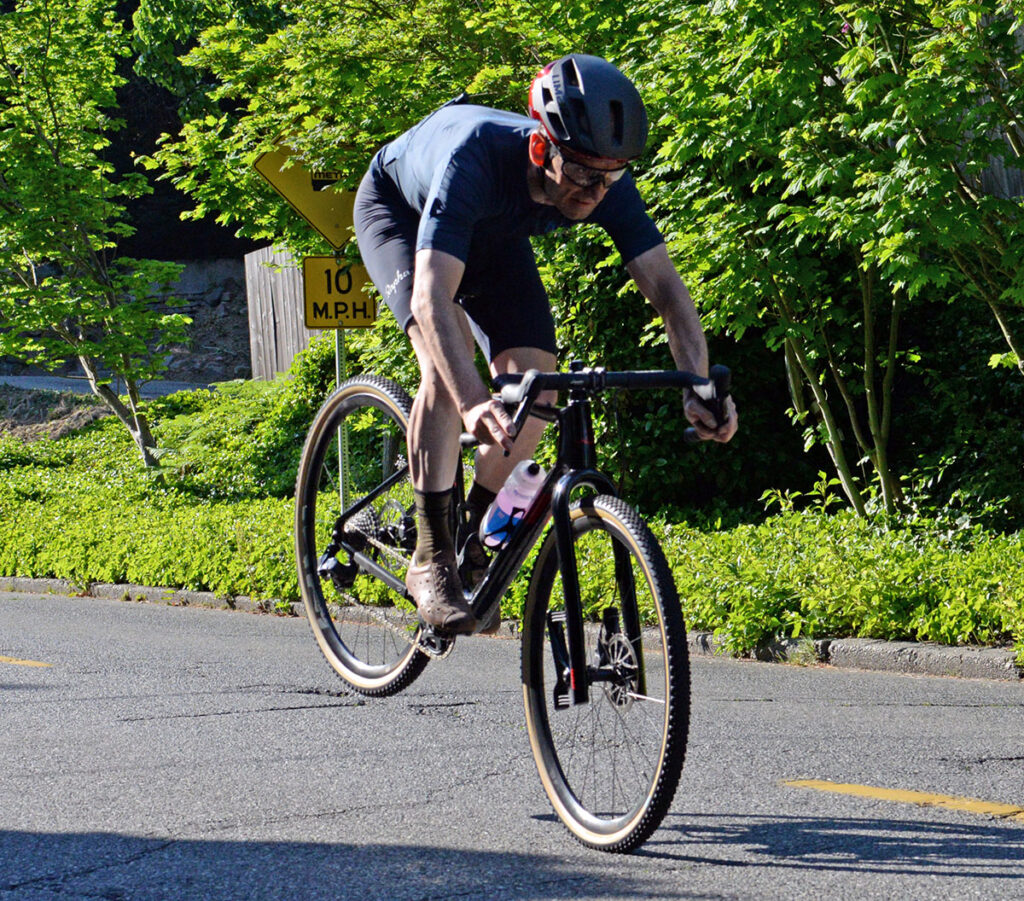
We are not saying that you should stand your bike on its nose every time you brake. We just think that your tires shouldn’t be the limiting factor when it comes to braking hard. During normal braking, transmitting the full brake power to the road surface without the knobs flexing gives you better feel and more confidence. In an emergency, being able to stop sooner can make an even more important difference.
Speed, cornering, noise and braking—one by one, we’ve eliminated the limitations of knobby tires, while keeping their strengths and even improving them. Gravel racer Brennan Wertz wrote after trying the new Manastash Ridges: “Finally got my first proper ride on the new 44 mm tires and WOW! Very impressed with how well they roll. And silent, too. 99% sure that’s what I’ll ride at Unbound this year.” After his excellent 8th place in a star-studded field at Gravel Locos, Brennan added: “The cornering traction is also amazing. Best I’ve felt cornering in a race like that—ever.”
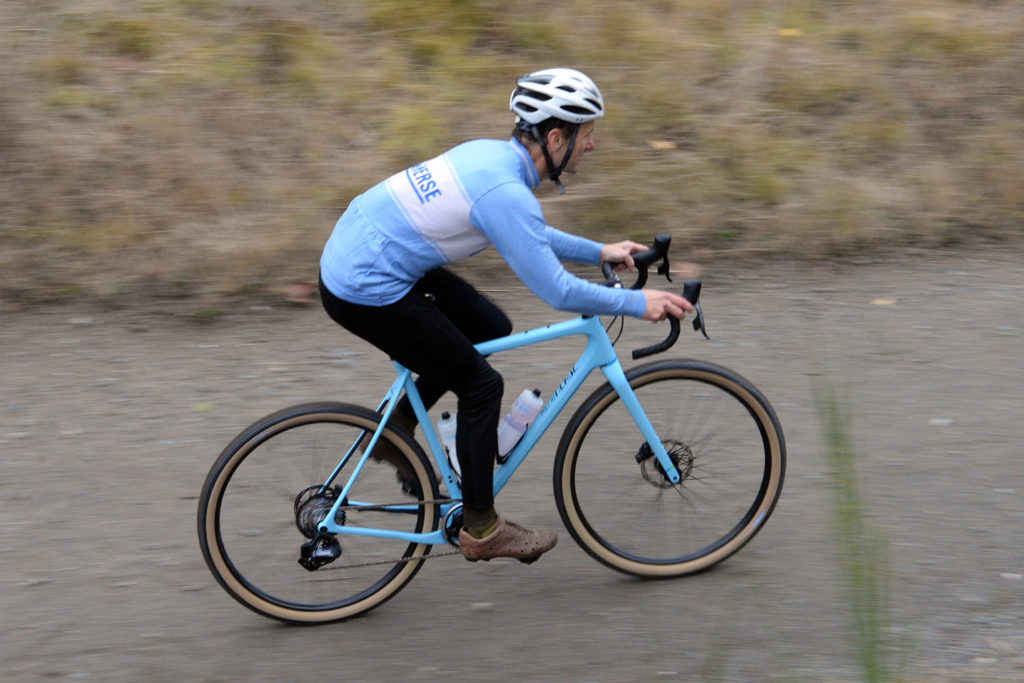
Some have asked: Why don’t we ride knobbies all the time? In fact, that’s what I’ve been doing. My OPEN x Rene Herse U.P.P.E.R. is my go-to bike for most road rides, and I’m running knobbies on it, all the time. Why?
Part of it is for R&D. We’ve tested our knobbies under carefully controlled conditions. We’ve logged thousands of miles on them. But riding them daily will add valuable data under even more varied conditions. This is a long-term test from the beginning to the end—I’ll run these tires until they are worn out, just like our customers do. There’s another reason: Knobbies have a little less pneumatic trail—the stability that comes from the rubber contact patch pulling the front wheel straight. I love OPEN’s geometry when paired with 32 mm slicks, but ultra-wide 48 mm slicks add more stability than I’d like, especially during high-speed corners with a decreasing radius.
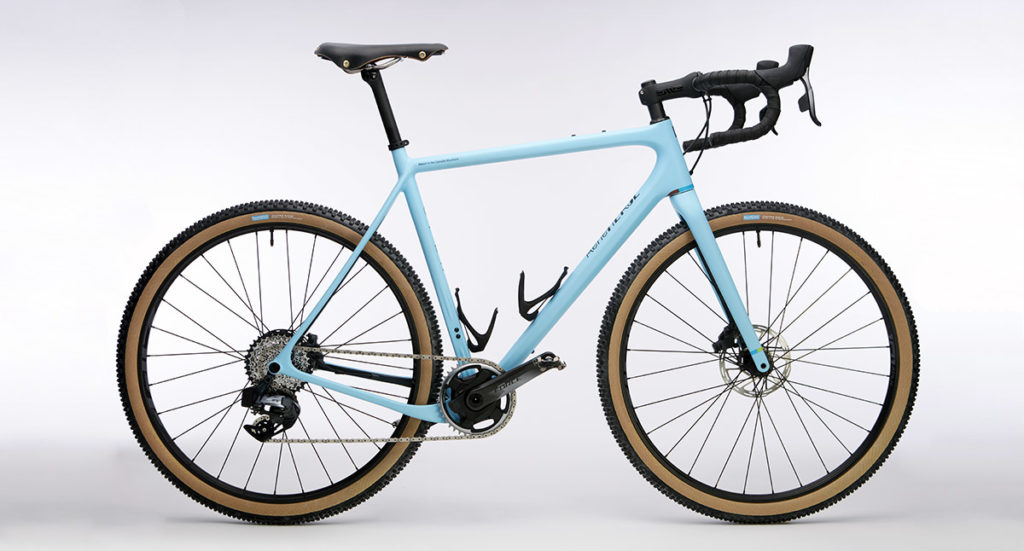
With knobbies, the bike is as nimble as a road bike. And the 48 mm-wide tires have no trouble when our mixed-surface rides include some rough gravel, too. So far, the knobbies haven’t slowed me down: I’ve set numerous PRs on this bike, both uphill and on twisty descents. And my friends don’t notice any speed difference when I’m riding the OPEN on knobbies.
Of course, we’re not suggesting that you equip your road bikes with knobbies. There is simply no need. But for all those rides where you don’t know what lies ahead, our knobbies give you that extra bit of insurance. You’re covered if you encounter conditions where knobbies are helpful, without any noticeable disadvantage if you don’t.
Further Reading:
- Our tire performance tests compare knobby and smooth tires.
- More about pneumatic trail and other factors that affect a bike’s speed, handling, comfort and reliability is in our book The All-Road Bike Revolution.


